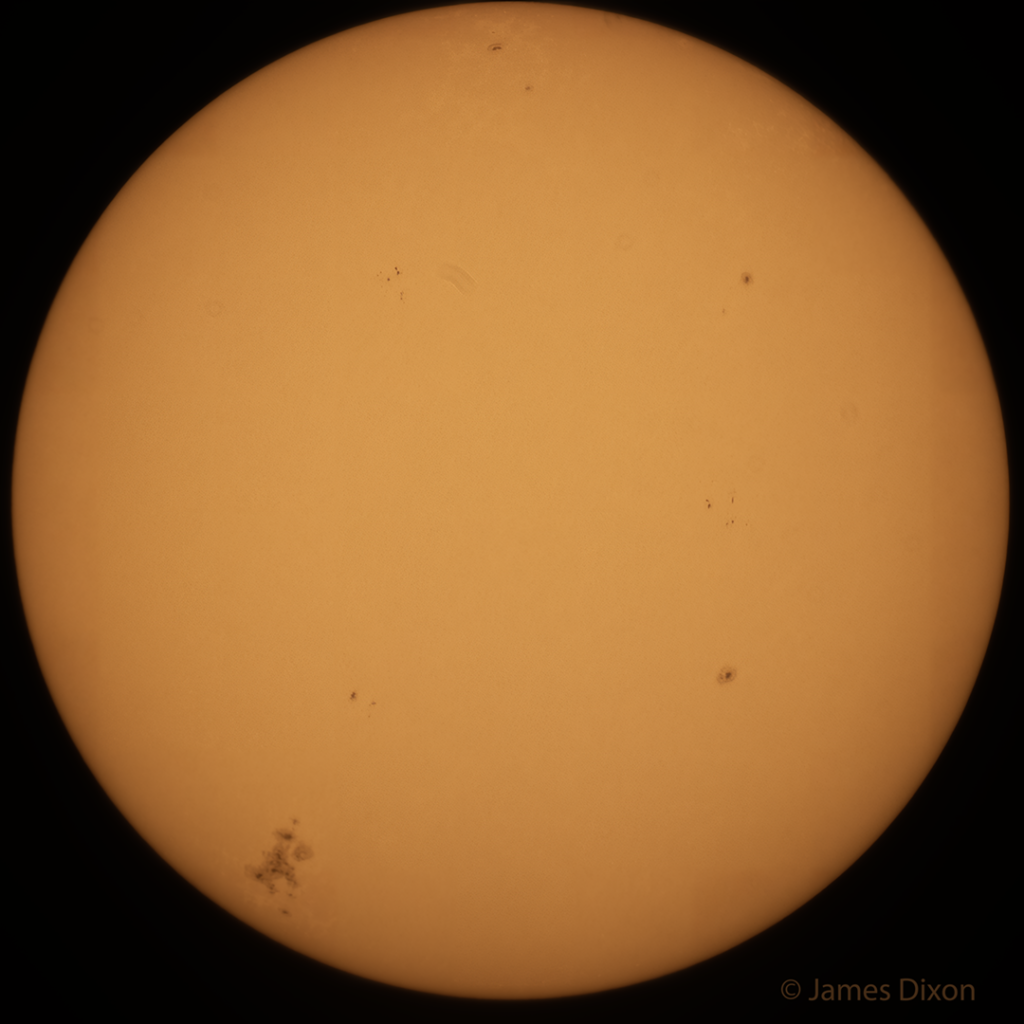
My friend Ryan Carroll did a much better job this weekend but was not the only one looking at this.
Better known as M51 or the Whirlpool Galaxy, Galaxy 9 is an interacting grand-design spiral galaxy with a Seyfert 2 active galactic nucleus. It lies in the constellation Canes Venatici, and was the first galaxy to be classified as a spiral galaxy. It is 23.5 million light-years away and 76,900 light-years in diameter. This image is made from 61 60 second images shot with an 11″ SCT at f/6.3. The evening was problematic and I need to try it again when the Moon gets out of the way. Shot at the River Ridge Observatory.

